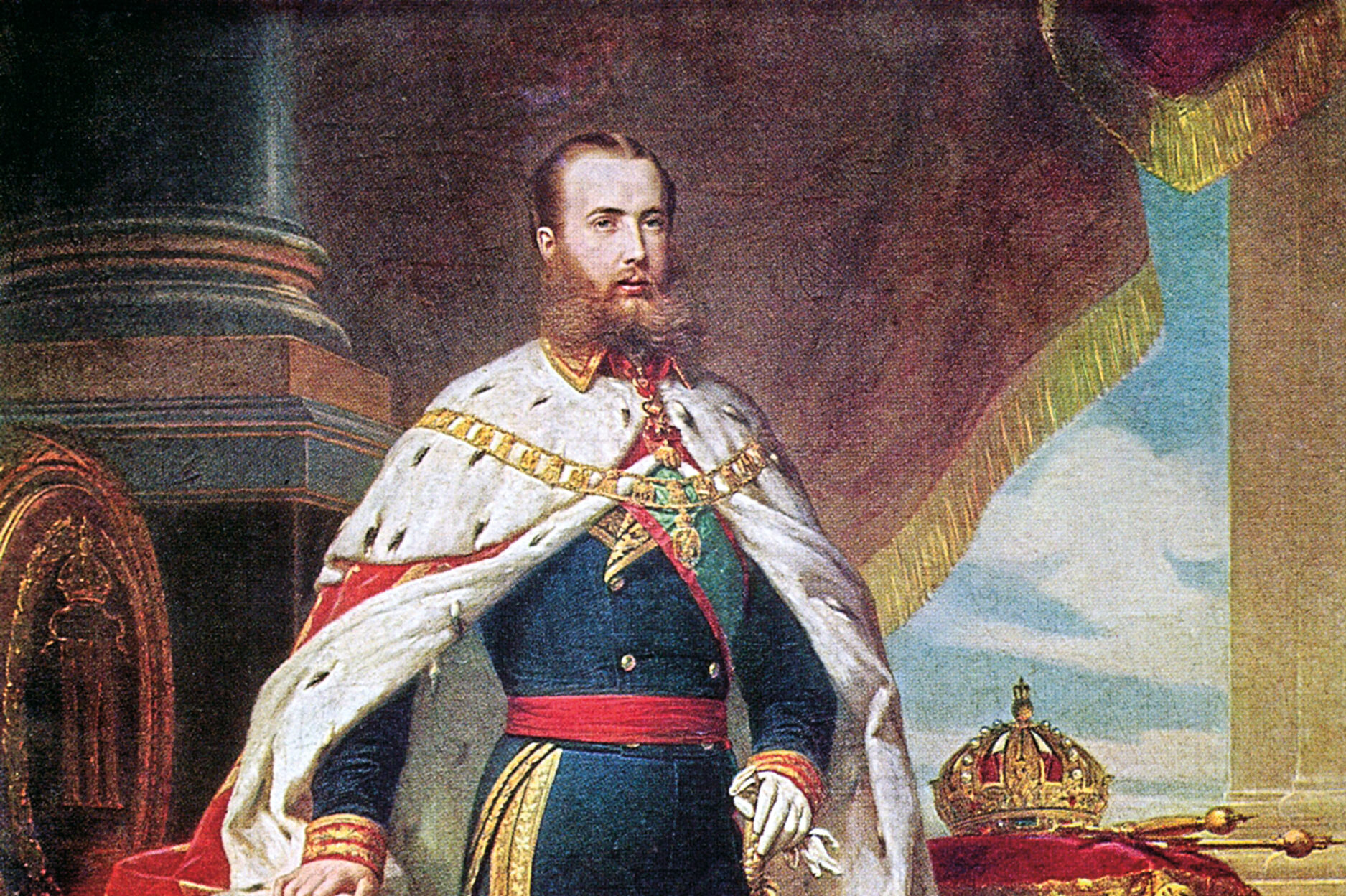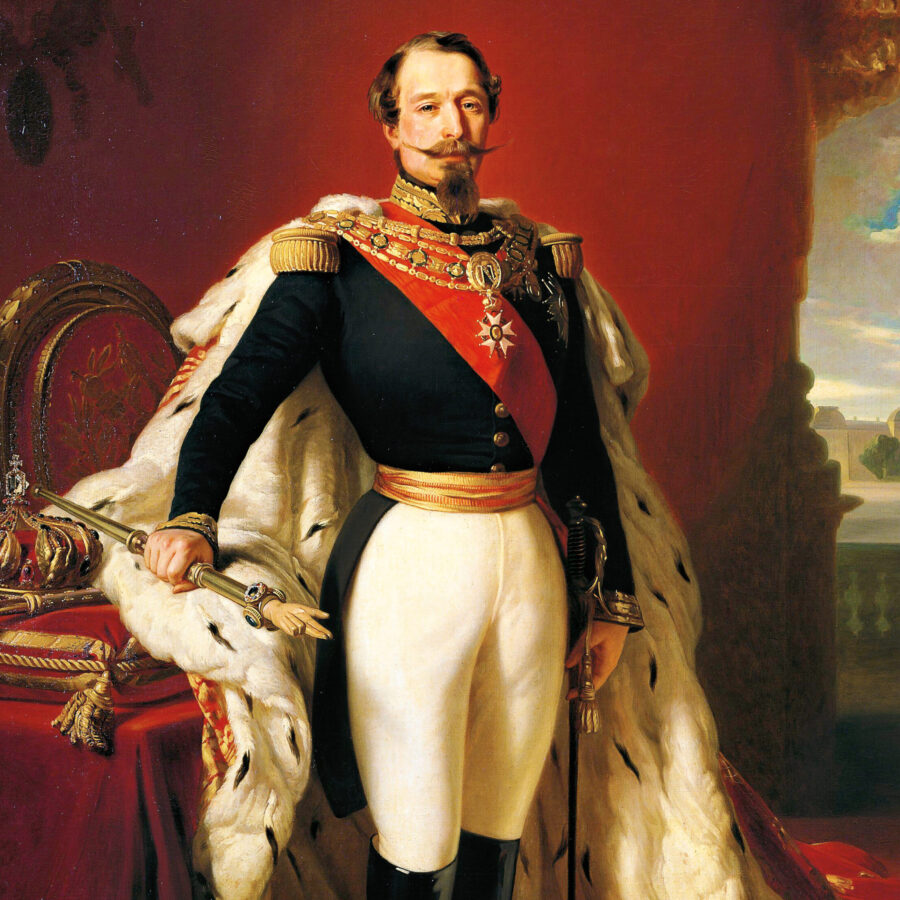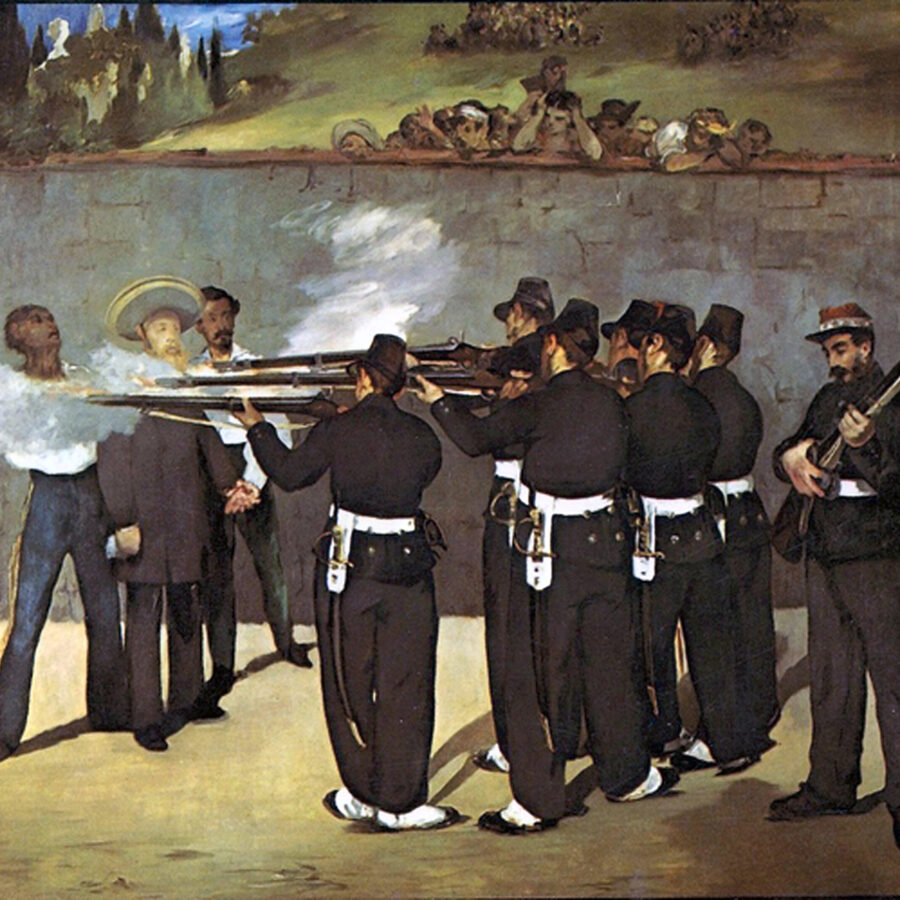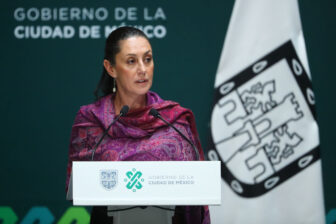This article is adapted from AQ’s special report on the education crisis
When Princess Carlota heard that Abraham Lincoln had been assassinated, she was delighted. “Here, the mood is excellent,” she wrote from Mexico City to her husband, Maximilian I, the emperor of Mexico. Their hope: Lincoln’s demise would mark an end of U.S. resistance to their monarchy. But it was not to be.
The improbable story of how an Austrian archduke and a Belgian princess ended up on the throne of Mexico in the 1860s begins in France. There, the emperor Napoleon III dreamed of a “Latin” sphere of influence in the New World, with France as the leading voice. In fact, the term “Latin America” was first coined in Paris in the 1850s, and for some it was an intellectual justification for these imperialist designs. Many French thinkers believed the region was naturally suited to monarchy, like the southern European Catholic nations.
A later French president, Adolphe Thiers, called the scheme “madness without parallel since Don Quixote.” In 1862, the French fleet arrived in Mexico, under the pretense of collecting debts—but it soon became clear they had other motives. On April 19, some 30,000 French troops invaded Mexico to overthrow the republic and its president. Napoleon III found an ideal candidate to occupy the throne: Ferdinand Maximilian. He was the ambitious younger brother of the Austrian Emperor Franz Joseph, from the illustrious Habsburg royal family. But Maximilian had few prospects of power in Europe. Spurred on by his equally ambitious wife, Carlota, he had the additional motivation of trying to restore his family’s glory in the Americas: In 1519, Mexico was conquered for the Spanish Empire in the name of the Habsburg Emperor Charles V.
What was easy to plan in Europe proved harder to execute in the New World. Mexican political exiles in Paris portrayed the Mexican president, Benito Juárez, as a despot and claimed that Maximilian would be welcomed as a liberator. But much of Mexico rallied around Juárez and on May 5, 1862, the French army was defeated outside the walls of Puebla—a day that went down in history as Cinco de Mayo. Instead of deterring Napoleon III, the defeat convinced him to send reinforcements. French troops occupied Mexico City in June 1863, setting up a puppet government that proclaimed Mexico an empire and called for Maximilian to rule.
Whose hemisphere is it?
All this was a tremendous challenge to the United States and its Monroe Doctrine, which aimed to prevent European interference in Latin America. The United States, however, was divided in two during the U.S. Civil War, and in no position to send troops to prevent the French incursion. Furthermore, Lincoln feared France would react to any hostile move by recognizing the Confederacy or, worse, intervening on its behalf. At least for the moment, this gave the French a free hand.
Following the conquest of Mexico City, Napoleon III convinced Maximilian and Carlota that the country was “pacified.” But when they arrived in May of 1864, they realized their empire was torn by civil war. In Mexico City, extravagant dinners and balls showcased the glory of Maximilian and Carlota’s new empire, but in the countryside, forces loyal to Juárez waged guerrilla warfare.
French counterinsurgency tactics were brutal. Torture and summary execution were common, and whole villages were sometimes burned down if suspected of collaboration with the empire’s enemies. As one French officer admitted in a letter to his niece, he had waged an “atrocious war.” “If I were Mexican,” he wrote, “what hatred I would have for these French, and how much I would make them suffer.”
To escape the combined forces of the French army and Mexicans loyal to Maximilian, Juárez retreated northwards, but by 1865 he had gone almost as far as he could. He set up an alternate capital in Chihuahua City, close to the U.S. border and almost 800 miles from Mexico City. As one of his supporters noted, “Our enemy is the most powerful in the world and the head of our government is in the corner of the most distant state of the republic, without money, credit or army.”
When the American Civil War ended in April 1865, that seemed about to change. The United States, along with all other Latin American nations apart from Brazil, had refused to recognize Maximilian’s empire. Yet so long as the Confederacy endured, Lincoln felt unable to offer more meaningful support to Juárez. An arms embargo prevented weapons from reaching Mexico, though Lincoln was expected to lift it. That was why Carlota welcomed his assassination. She and Maximilian hoped that his successor, Andrew Johnson, would recognize their regime.
Maximilian sent a delegation to Washington, eager to strike a deal with Johnson, but the emperor’s men were ignored. Instead, Juárez’s representative, Matías Romero, remained the only diplomat from Mexico with whom the Americans dealt. And Romero had an impressive address book: Among his high-society friends was American Civil War hero Ulysses S. Grant. Romero organized balls and public banquets at New York’s famous Delmonico’s restaurant to pressure the U.S. government not to reach a compromise with France. Lincoln’s son attended one.
It worked: Under Johnson, the arms embargo was lifted. Men, money and supplies poured over the border. One U.S. businessman alone sold Juárez’s forces 5,020 Enfield rifles, 1,000 pistols, 6 artillery pieces and 20,400 rounds of ammunition—not to mention 1,308 pairs of underwear and 813 frying pans.
Rescue at the border
Despite the influx of supplies, Juárez’s future looked bleak. In the summer of 1865, French General Auguste Henri Brincourt marched almost 400 miles across northern Mexico with some 2,500 men. His mission: Seize Juárez, or drive him out of Mexico. It would be, Brincourt confidently boasted, “the last military act” of the French intervention.
“I am writing to you comfortably seated on the presidential armchair of citizen Juárez,” Brincourt wrote on August 15, 1865, in a letter to his uncle. “Yesterday we made our triumphant entry in this capital”—Chihuahua City—marking “the end of the Mexican war.”
The war, however, had not ended. Juárez had merely made one more retreat, to El Paso del Norte (today’s Ciudad Juárez), only 55 miles north. But Brincourt could not pursue him. Bellicose comments from Grant had terrified Napoleon III. Fearful that border clashes with U.S. troops might spark war with the United States, the French emperor ordered his troops concentrated in the interior of Mexico, and commanded Brincourt to go no further.
Without French soldiers to defend the northern states, towns fell one by one to Juárez’s partisans, while the U.S. increased pressure on Napoleon III, informing him in December 1865 that friendship between the two countries was impossible unless France ended its intervention in Mexico.
With Maximilian’s empire nearing bankruptcy, unable to pay for the French army to stay in Mexico, Napoleon III’s decision was an easy one. After receiving the U.S. threat, he wrote to his protégé announcing that the French would withdraw. Without French military and financial support, the Mexican Second Empire had little chance of success. Maximilian’s government limped on, but as Juárez’s supporters gained strength, he ruled an ever-smaller part of Mexico. Carlota returned to Europe to beg for more men and money, but Napoleon III was unmoved. She suffered a nervous breakdown on a trip to beg the pope for Catholic support—and never returned to Mexico.
With French assistance cut off, Maximilian’s regime collapsed in the face of a resurgent nationalist movement, a similar fate to the one that would later meet regimes backed by U.S. intervention in the 20th and 21st centuries. Two months after the last French troops left in March 1867, Maximilian surrendered after a brave but futile siege at Querétaro. He asked for his closest officers and friends to be spared: If blood must be spilled, then let it be only his. Along with two of his top generals, he was executed by firing squad on June 19, 1867. Moments before his death, he turned to his executioners and declared in Spanish, “I forgive everybody, I pray that everyone may also forgive me, and I wish that my blood, which is now to be shed, may be for the good of the country. Long live Mexico, long live independence.”
Juárez’s resistance had kept republican government alive in Mexico. But U.S. aid played an important part, too, and Juárez wasn’t afraid to express his gratitude. He told one former Union officer who fought Maximilian’s forces that for Americans, with no ties to Mexico, “to make every sacrifice and to suffer every privation for the republic, was a spirit so noble that it could not be put into language.”
Timeline: The history behind Maximilian’s unlikely reign
Sadly, this spirit has rarely been seen since. Given how few examples of good relations between the U.S. and Mexico there are to choose from over the years, it was not surprising when President Andrés Manuel López Obrador, speaking alongside U.S. Secretary of State Antony Blinken in October 2021, thanked Washington for never recognizing Maximilian. Today, amid a global pandemic and an ever-worsening climate crisis, among numerous other problems, we should hope that the cooperation between the two nations seen during the 1860s can be revived not only in words, but in meaningful action.
—
Shawcross is the author of The Last Emperor of Mexico, available now from Basic Books













